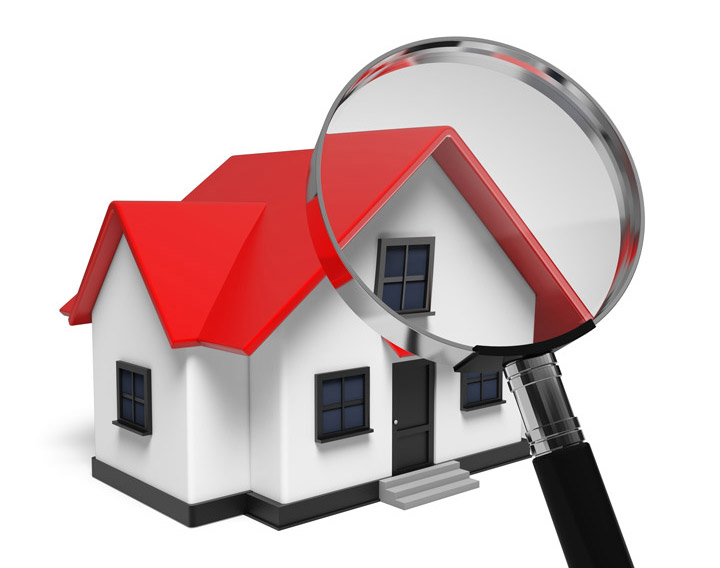
An Overview of the Appraisal ProcessGetting a home can be the most significant financial decision most people may ever encounter. It doesn't matter if where you raise your family, a second vacation property or an investment, the purchase of real property is an involved transaction that requires multiple people working in concert to see it through. Practically all the participants are quite familiar. The real estate agent is the most familiar face in the transaction. Then, the lender provides the financial capital necessary to bankroll the exchange. And ensuring all requirements of the transaction are completed and that a clear title transfers from the seller to the buyer is the title company. So, what party is responsible for making sure the real estate is worth the purchase price? This is where you meet the appraiser. We provide an unbiased opinion of what a buyer could expect to pay — or a seller receive — for a property, where both buyer and seller are informed parties. A licensed, certified, professional appraiser from LBH Appraisals will ensure, you as an interested party, are informed. Appraisals begin with the property inspectionTo determine an accurate status of the property, it's our responsibility to first complete a thorough inspection. We must see aspects of the property first hand, such as the number of bedrooms and bathrooms, the location, living areas, etc, to ensure they really are there and are in the condition a reasonable person would expect them to be. To ensure the stated square footage is accurate and convey the layout of the house, the inspection often includes creating a sketch of the floorplan. Most importantly, we look for any obvious features - or defects - that would have an impact on the value of the property. Once the site has been inspected, an appraiser uses two or three approaches to determining the value of the property: a paired sales analysis, a replacement cost calculation, and an income approach when rental properties are prevalent. 
Replacement CostThis is where the appraiser pulls information on local building costs, labor rates and other factors to derive how much it would cost to construct a property comparable to the one being appraised. This estimate usually sets the upper limit on what a property would sell for. It's also the least used method. 
Analyzing Comparable SalesAppraisers are intimately familiar with the subdivisions in which they work. They thoroughly understand the value of specific features to the residents of that area. Then, the appraiser looks up recent transactions in close proximity to the subject and finds properties which are 'comparable' to the home being appraised. By assigning a dollar value to certain items such as upgraded appliances, additional bathrooms, additional living area, quality of construction, lot size, we add or subtract from each comparable's sales price so that they more accurately match the features of subject.
In the end, the appraiser reconciles the adjusted sales prices of all the comps and then derives an opinion of what the subject could sell for. When it comes to putting a value on features of homes in Bothell and Snohomish, LBH Appraisals can't be beat. This approach to value is typically awarded the most consideration when an appraisal is for a real estate exchange. Valuation Using the Income ApproachIn the case of income producing properties - rental houses for example - the appraiser may use an additional approach to value. In this scenario, the amount of revenue the real estate produces is taken into consideration along with other rents in the area for comparable properties to derive the current value. Coming Up With The Final ValueExamining the data from all approaches, the appraiser is then ready to put down an estimated market value for the property at hand. It is important to note that while the appraised value is probably the most reliable indication of what a property is worth, it probably will not be the final sales price. Depending on the specific circumstances of the buyer or seller, their level of urgency or a buyer's desire for that exact property, the closing price of a home can always be driven up or down.Regardless, the appraised value is typically used as a guideline for lenders who don't want to loan a buyer more money than the property is actually worth. It all comes down to this, an appraiser from LBH Appraisals will guarantee you get the most fair and balanced property value, so you can make wise real estate decisions. |